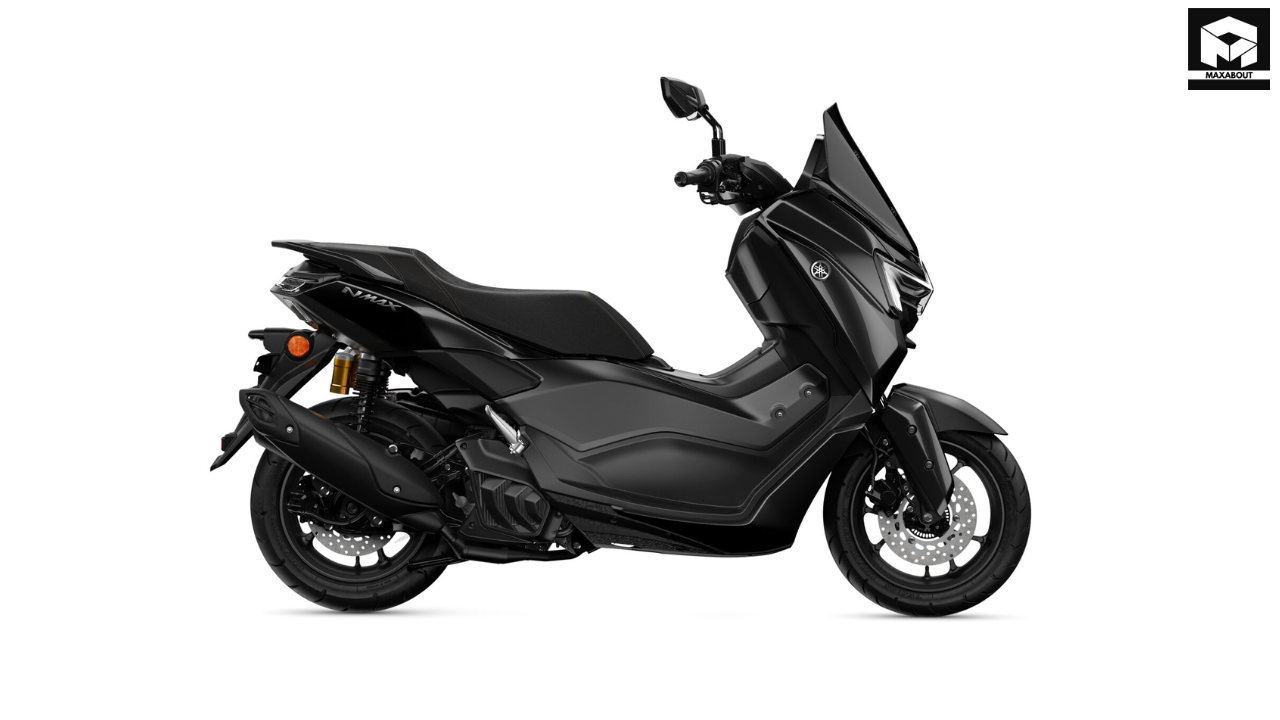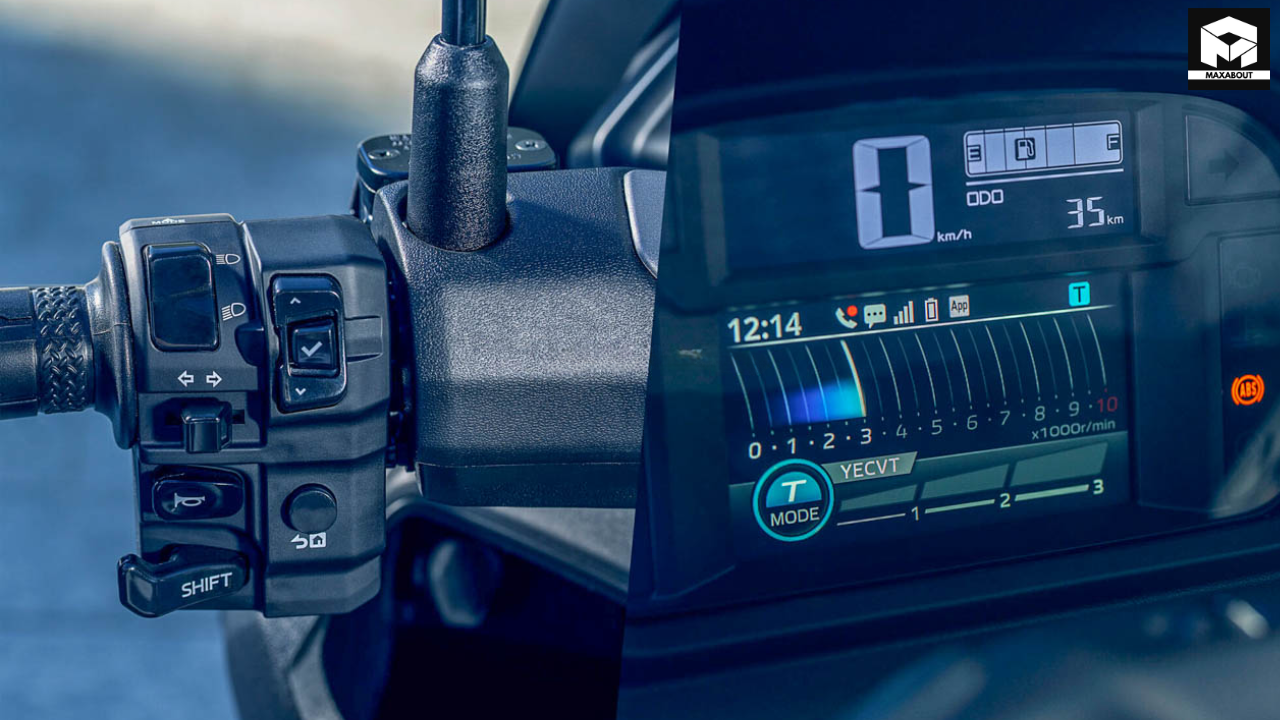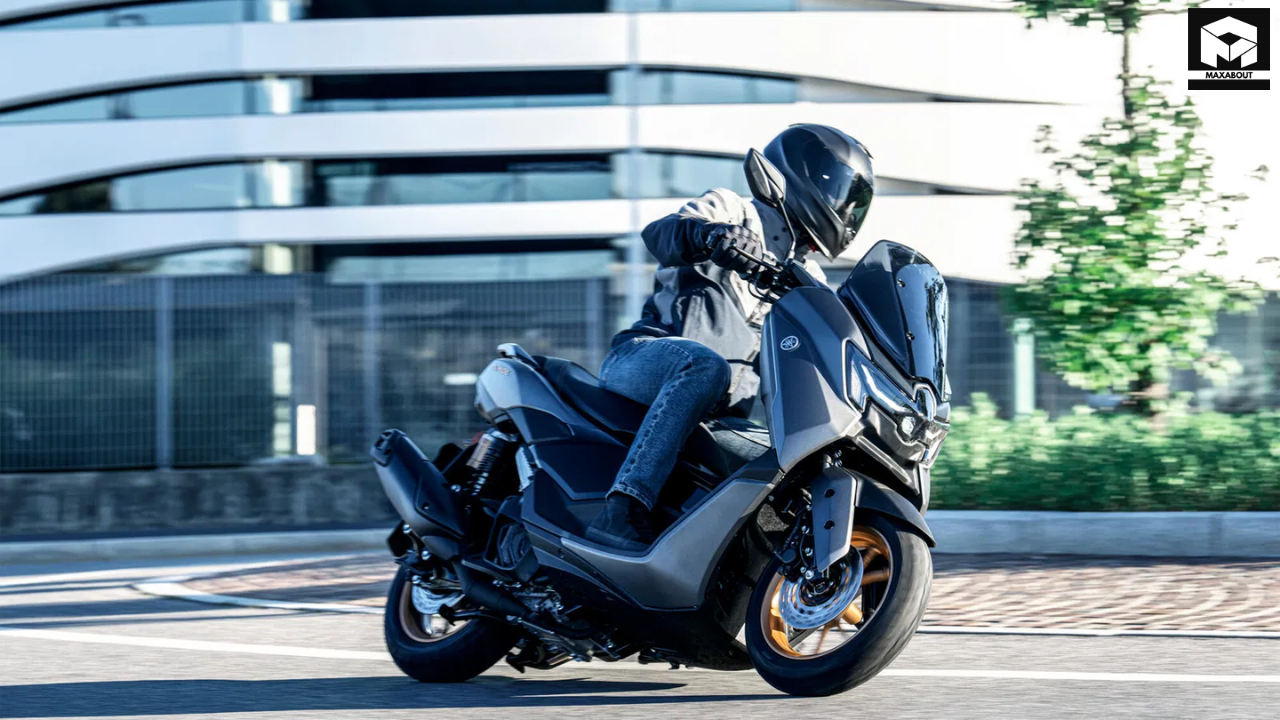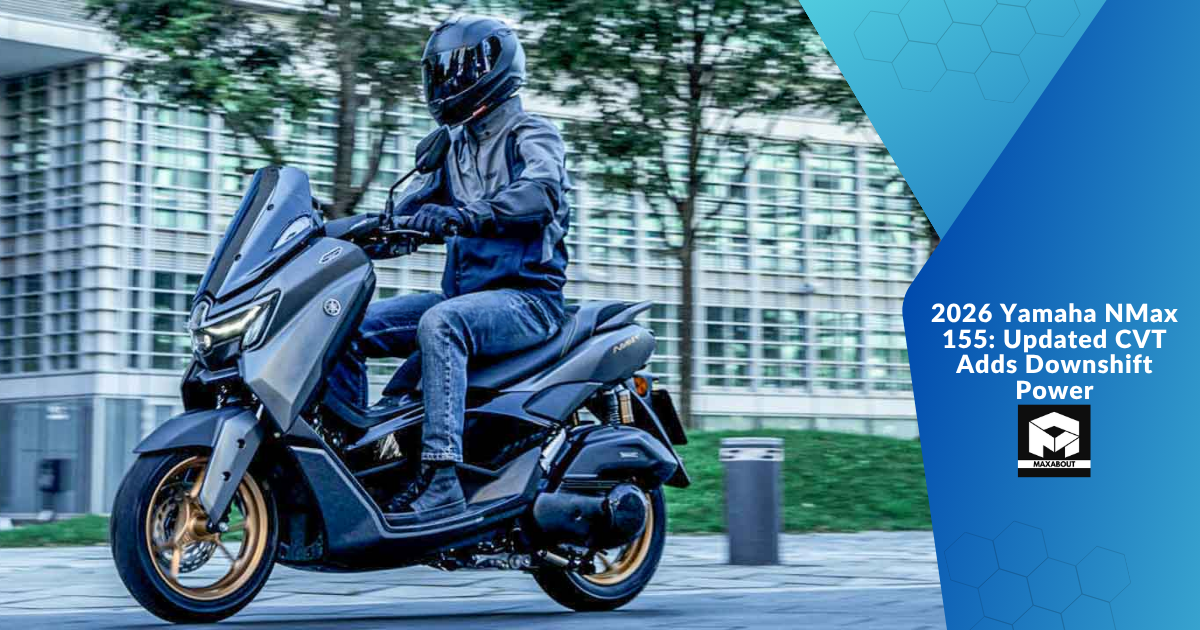Introduction
The scooter world is buzzing with excitement as Yamaha prepares to launch the 2026 NMax 155 with what might be the most significant CVT innovation in years - a dedicated downshift feature. As someone who's followed scooter technology developments closely for years, I can tell you this is potentially game-changing for urban commuters and scooter enthusiasts alike.
According to industry reports, Yamaha has been working on this technology for several years, addressing one of the most common criticisms of CVT (Continuously Variable Transmission) systems - the lack of engine braking and controlled deceleration that manual transmission riders enjoy. Let's dive into what this means for riders and how it positions the NMax 155 in the increasingly competitive maxi-scooter segment.
Understanding the Revolutionary CVT Downshift Feature

Traditional CVT systems in scooters operate with a belt and pulley mechanism that automatically adjusts the gear ratio based on engine RPM and speed. These systems provide smooth, stepless acceleration but have historically lacked the ability to manually downshift for engine braking or greater control in corners.
The 2026 NMax's new CVT system reportedly addresses this limitation through a combination of electronic and mechanical innovations. Based on patent filings and industry sources, the system likely works through:
- A rider-activated electronic trigger (likely paddle or button on the handlebar)
- An actuator that temporarily adjusts the CVT pulley ratio
- Electronic control unit that manages the engine braking effect
When activated, the system appears to momentarily force the CVT into a lower ratio, creating engine braking similar to downshifting on a manual motorcycle. What's particularly clever is how Yamaha has managed to implement this without disrupting the fundamental simplicity of the CVT system.
Technical Implementation
According to information from dealer presentations and industry publications, the downshift feature utilizes a secondary mechanical system that temporarily overrides the standard CVT operation. The system likely includes:
- Electronic servo motors that adjust pulley positioning
- Multiple downshift "stages" similar to gear positions
- Rider-selectable intensity levels
This approach maintains the convenience of a traditional CVT during normal riding but adds the control element that many riders have missed when switching from manual motorcycles to scooters.
Performance Improvements in the 2026 NMax 155
Beyond the innovative transmission, the 2026 NMax 155 appears to receive several performance enhancements that complement the new downshift feature:
Engine Refinements
While maintaining the 155cc displacement that has proven ideal for both urban and highway use, reports indicate the engine has been refined with:
- Improved Variable Valve Actuation (VVA) for better low and mid-range torque
- Reduced internal friction for improved efficiency
- Enhanced cooling system for consistent performance
- Slight power increase (estimated 15.8 HP, up from 15.1 HP)
These refinements work in concert with the new CVT system to provide a more engaging riding experience. The additional engine braking capability particularly shines in urban environments, where traffic conditions often require frequent speed adjustments.
Chassis and Suspension Updates
To handle the new performance characteristics, Yamaha has reportedly updated the chassis and suspension:
- Slightly stiffer fork settings to manage weight transfer during downshifting
- Recalibrated rear shock absorber
- Upgraded brake system with larger front disc
- Enhanced ABS algorithm that works with the downshift feature
These changes suggest Yamaha is positioning the 2026 NMax as a more performance-oriented scooter while maintaining its practical commuter credentials.
Technology and Connectivity Features

The 2026 NMax 155 also appears to receive significant technology upgrades that complement its mechanical innovations:
Updated Dashboard and Interface
According to industry sources, the new model features:
- Larger TFT display replacing the previous LCD unit
- Customizable display modes including a performance-oriented layout
- Visual indicators for the downshift system status and level
- Smartphone connectivity with expanded functionality
The new interface reportedly allows riders to customize the downshift feature's intensity and characteristics through the dashboard or a companion app, offering a personalized riding experience that was previously unavailable in this class of scooter.
Enhanced Y-Connect Features
Yamaha's connectivity system appears to receive significant upgrades for the 2026 model:
- Performance data logging including downshift usage
- Advanced maintenance tracking and predictive service alerts
- Expanded navigation capabilities
- Riding style analysis with efficiency recommendations
These technological enhancements position the NMax 155 as one of the most advanced connected scooters in its class, appealing to tech-savvy commuters.
Market Positioning and Competition
The addition of the downshift feature represents a significant differentiator for Yamaha in the competitive 150cc+ scooter segment. Currently, no other manufacturer offers similar functionality in this class.
The primary competitors in this space include:
- Honda PCX 160 - Offers smooth performance but lacks the manual control element
- Suzuki Burgman 200 - More touring focused with larger dimensions
- Kymco X-Town 200i - Comparable features but without the downshift innovation
- Vespa GTS Super 300 - Premium alternative with different styling philosophy
By incorporating this motorcycle-inspired feature, Yamaha appears to be targeting riders who might otherwise consider small-displacement motorcycles with manual transmissions. This positions the NMax 155 in an interesting middle ground between traditional scooters and entry-level motorcycles.
Expected Pricing
While official pricing hasn't been announced, industry analysts expect the 2026 NMax 155 to command approximately a 10-15% premium over the current model, reflecting the significant technological upgrades. Based on current market positioning, this would likely place the new model in the $3,800-$4,200 range in most markets where it's sold.
Rider Experience and Practical Benefits

The downshift feature provides several practical benefits that could significantly improve the everyday riding experience:
Improved Control in Varied Conditions
The ability to downshift offers tangible advantages in several common riding scenarios:
- Descending hills with controlled speed without constant brake application
- Navigating tight corners with better weight distribution and stability
- Maneuvering in traffic with less reliance on the brakes
- Potentially improved fuel efficiency through more strategic speed management
For riders who frequently tackle varied terrain, this feature represents a significant upgrade in control and confidence.
Learning Curve and Adaptability
Based on similar systems in other vehicle categories, the downshift feature will likely have a short learning curve for most riders. The system appears designed to be intuitive, with:
- Simple activation through handlebar controls
- Natural feedback that mimics traditional engine braking
- Ability to be used as much or as little as the rider prefers
- Multiple intensity settings to match rider preferences
This adaptability means both new riders and experienced motorcyclists transitioning to a scooter should find the system beneficial without being intrusive to the riding experience.
Frequently Asked Questions
How does the NMax 155's downshift feature compare to DCT transmissions?
While Honda's Dual Clutch Transmission (DCT) offers manual shifting in both up and down directions, the NMax system differs by focusing specifically on downshifting within a CVT framework. The DCT is a more complex system that essentially automates a traditional gearbox, while Yamaha's approach modifies the simpler CVT system to add functionality without the additional weight and complexity of a DCT.
Will the downshift feature affect reliability or maintenance requirements?
According to industry sources, Yamaha has conducted extensive durability testing on the system. The design appears to incorporate fail-safes that prevent damage to the CVT components even with frequent use. Maintenance intervals are expected to remain similar to current models, though dealers may receive additional training for servicing the new system.
Can the downshift feature be disabled if desired?
Based on available information, the system can be customized through the user interface, including the ability to reduce sensitivity or disable it entirely. This ensures riders who prefer the traditional CVT experience can still enjoy the scooter without using the new feature.
Will previous NMax models be upgradable to include this feature?
Unfortunately, the downshift feature appears to require specific hardware components integrated into the CVT system. This makes it unlikely that previous generation NMax models could be retrofitted with this technology through dealer upgrades or aftermarket modifications.
Conclusion
The 2026 Yamaha NMax 155's updated CVT with downshift capability represents one of the most significant innovations in scooter technology in recent years. By bridging the gap between the convenience of automatic transmission and the control of manual shifting, Yamaha has created a compelling option for urban commuters who don't want to sacrifice engaging riding dynamics.
While we'll need to wait for hands-on testing to fully evaluate the system's implementation, the concept addresses a long-standing limitation of CVT scooters that has kept some enthusiasts loyal to manual motorcycles. If the execution matches the promise, the 2026 NMax 155 could set a new standard that other manufacturers will inevitably follow.
For urban riders seeking the perfect balance of convenience, performance, and control, the updated NMax 155 appears poised to deliver an experience that was previously unavailable in the scooter market. The combination of this innovative transmission with the model's already proven reliability and practicality makes it one of the most anticipated scooter releases in years.

